
7 Essential Steps to Safely Play Pickleball After Hip Replacement Surgery
Learn when and how to safely return to Pickleball After Hip Replacement surgery. Expert tips, timeline, and modifications for getting
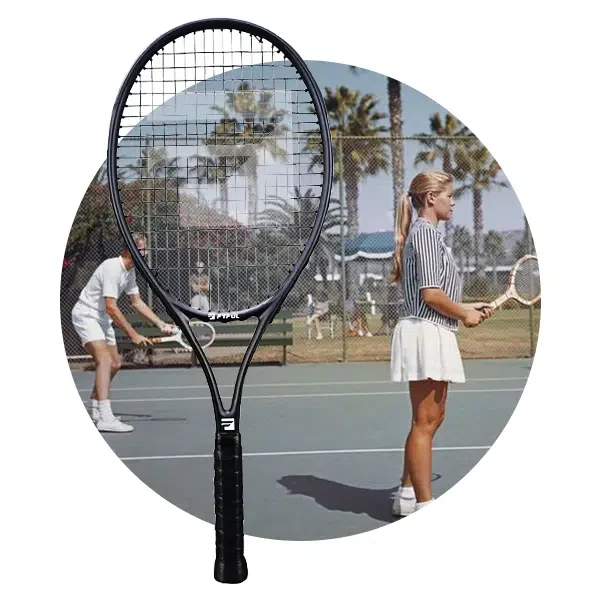
Products
At FYFUL, we recognize that the right tennis ball is as crucial as the racket in enhancing your game performance. That’s why we meticulously develop a range of tennis balls tailored to meet the distinct demands of various court surfaces and player preferences. Each ball is crafted using premium materials that ensure optimal durability and consistent performance. Whether you are a seasoned professional or a recreational player, FYFUL’s tennis balls are designed to provide exceptional playability and quality.
Our tennis balls feature a unique core and felt combination that optimizes bounce, flight stability, and visibility, ensuring a reliable and enjoyable game experience. For players who prefer fast-paced play, our specially designed balls offer increased speed and responsiveness, while those who value control and extended play will find our balls remarkably durable and suited to their style.
Choose FYFUL tennis balls for a playing experience that not only meets but exceeds your expectations, helping you excel in every match. With options available for all types of play, including highly visible colors and customizable features, FYFUL tennis balls are not just equipment—they elevate your game.
100%
Customizable
Low
Minimum Orders
Competitive
Pricing
High-Performance
Quality
| Price: | The actual price depends on the MOQ. Please inquire for more details. |
| MOQ: | 2000 |
| Payment: | PAYPAL, T/T, VISA |
| Product Origin: | MADE IN CHINA |
| Shipping Port: | Fuzhou |
| Lead Time: | 30-45 days |
| Logo: | Customized Logo Available |
| Packing: | Accept Customization |
| Price: | The actual price depends on the MOQ. Please inquire for more details. |
| MOQ: | 2000 |
| Payment: | PAYPAL, T/T, VISA |
| Product Origin: | MADE IN CHINA |
| Shipping Port: | Fuzhou |
| Lead Time: | 30-45 days |
| Logo: | Customized Logo Available |
| Packing: | Accept Customization |
FYFUL tennis balls are engineered to enhance your tennis experience, providing exceptional performance and durability.
FYFUL tennis balls are crafted from high-quality materials, ensuring resilience against wear on all court surfaces during frequent play.
Meticulously tested, FYFUL tennis balls deliver consistent bounce and flight, providing reliable performance for matches, training, and competitive play.
Featuring vibrant, highly visible colors, FYFUL tennis balls are easy to track during games, even in varied lighting conditions.
Designed for versatility, FYFUL tennis balls perform exceptionally on hard courts, clay, or grass, ensuring seamless play across surfaces.
FYFUL promotes sustainability by offering eco-friendly tennis balls that maintain performance while reducing environmental impact through thoughtful manufacturing.
Clubs, coaches, and retailers can customize FYFUL tennis balls for bulk orders, enhancing brand visibility for promotions, events, or competitions.
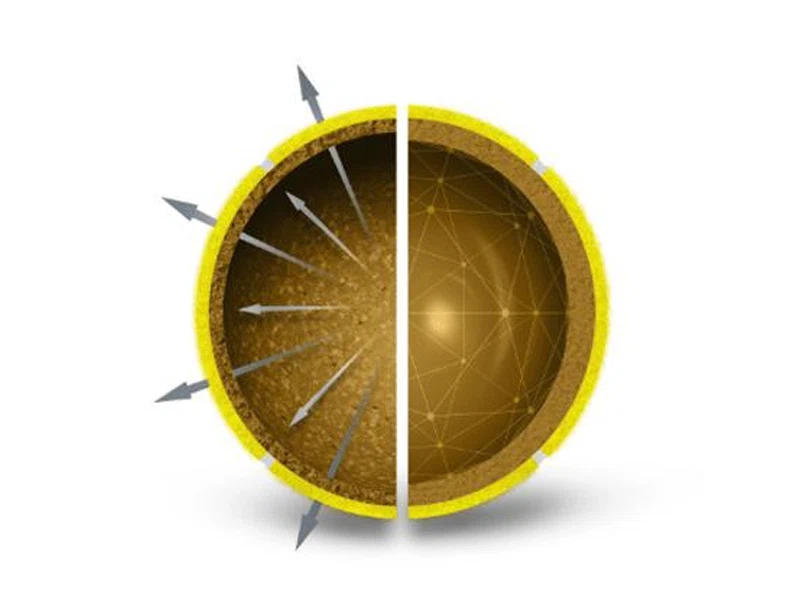
The inner core of a tennis ball is made from natural rubber, sourced from high-quality rubber trees primarily. This rubber is processed into a compound that is essential for the right balance of bounce and resilience.
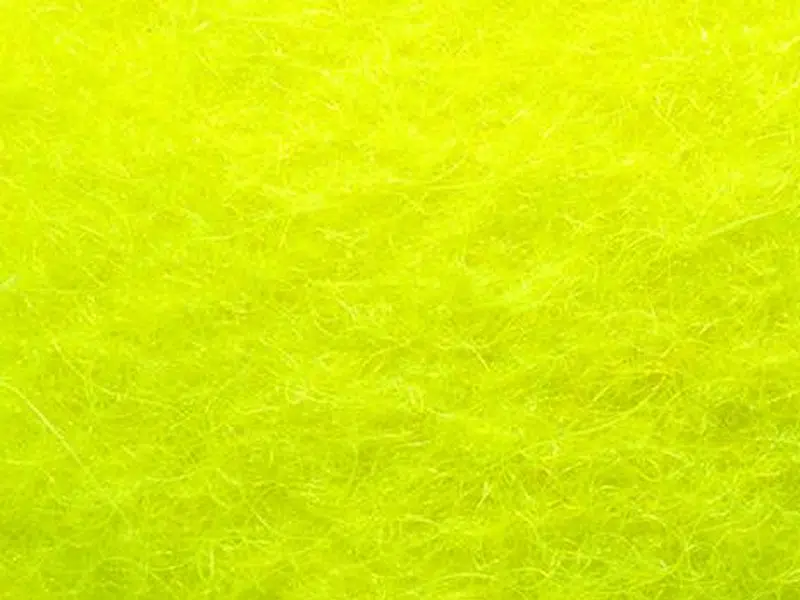
The outer layer, or the felt, is typically made from a blend of wool and nylon. The quality and type of felt significantly influence the ball's durability and its behavior on different court surfaces.
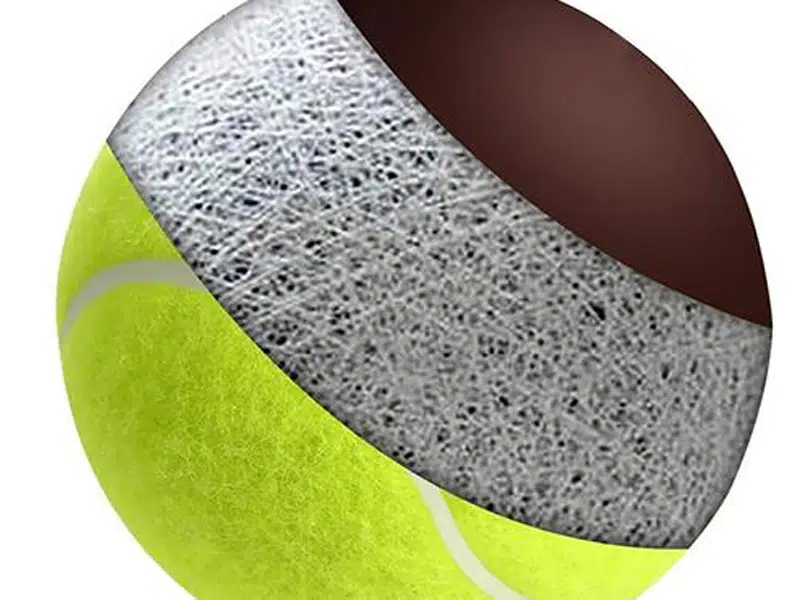
Special adhesives are used to bond the felt to the rubber core, and additional coatings may be applied to enhance the color and visibility of the ball, as well as its resistance to wear and environmental factors.
When it comes to tennis balls, there are two main types: pressureless and pressurized. Each type has unique characteristics that affect gameplay, durability, and feel.
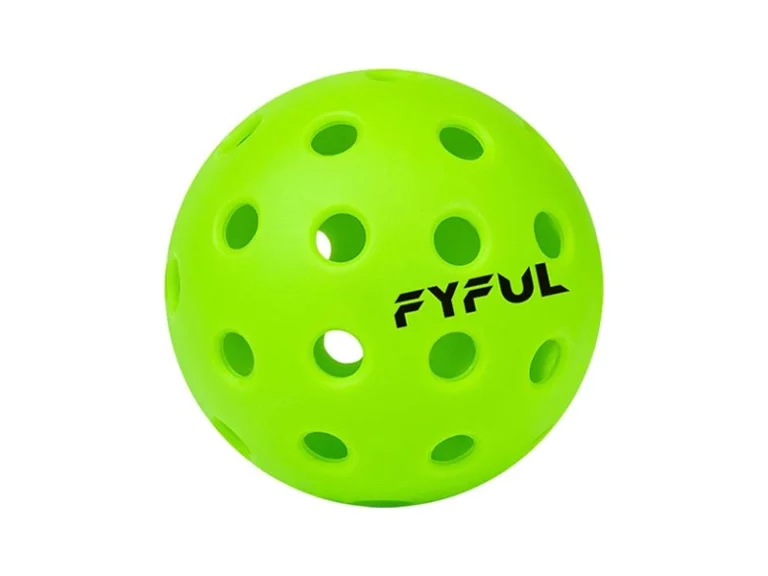
Structure
These balls are filled with air and stored in a pressurized can to maintain their internal pressure.
Bounce & Feel
They provide a livelier bounce and soft feel but lose bounce over time and become “dead” as pressure leaks.
Durability
They wear out quickly, lasting only a few matches, but provide consistent performance in professional tournaments.
Cost
Pressurized balls are generally less expensive upfront but need to be replaced more frequently.
Structure
These balls have a solid rubber core, which gives them weight and a more durable build.
Bounce and Feel
Initially heavier with less bounce, they improve as felt wears off, maintaining consistent bounce longer.
Durability
Known for their longevity, they are perfect for practice and recreational play, lasting longer without losing bounce.
Cost
Although slightly more expensive up front, they are more cost-effective over time since they do not need to be replaced as frequently.
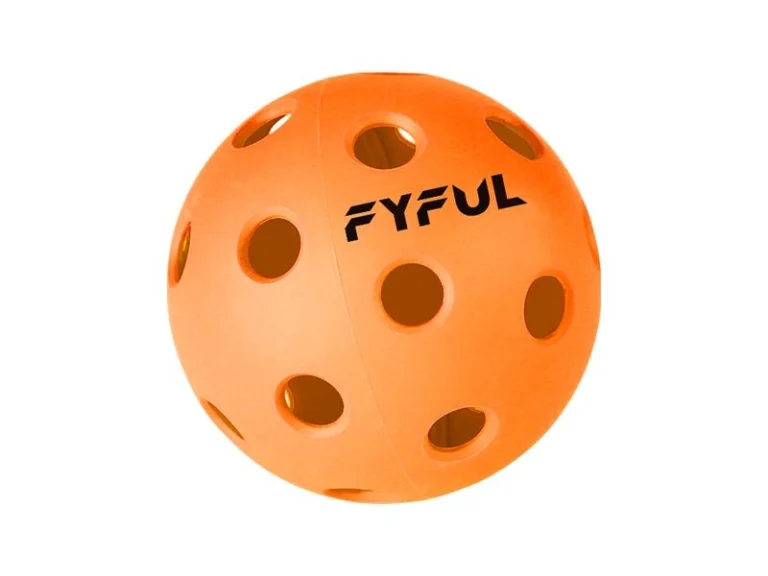

Tennis ball technology combines advanced material engineering and precise manufacturing to ensure maximum performance and durability. The core is made from a blend of natural and synthetic rubber, carefully mixed and cured to achieve optimal bounce and resilience. This core is encased in high-quality felt, composed of wool and synthetic fibers, securely bonded with heat-activated adhesives for durability and playability.
Tennis balls are categorized into pressurized and pressureless types. Pressurized balls, filled with air, provide a quick, dynamic bounce favored in professional matches but gradually lose their responsiveness. In contrast, pressureless balls rely on rubber composition for bounce, offering greater durability and longevity, making them ideal for practice and recreational play.
Final treatments, including protective coatings against UV radiation and moisture, ensure consistent performance in various climates. Each ball undergoes rigorous testing for weight, size, bounce, and deformation, guaranteeing FYFUL tennis balls deliver exceptional reliability, quality, and playability for all levels of players.
Tennis ball customization is a meticulous process tailored to meet the unique preferences of our clients.
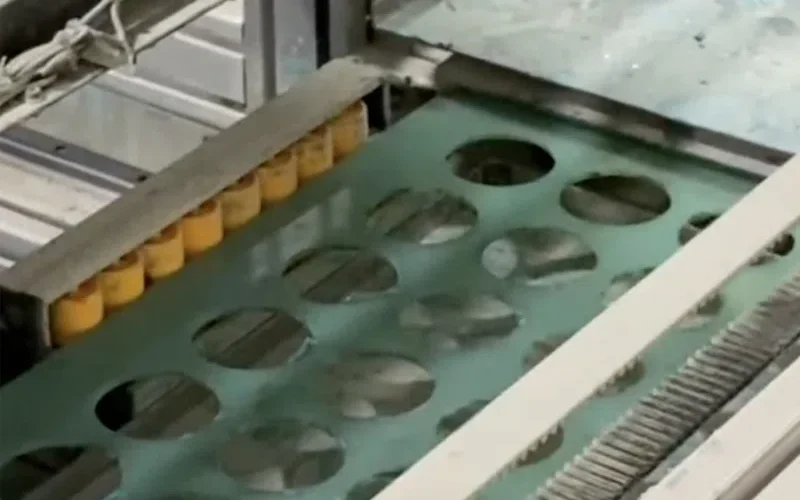
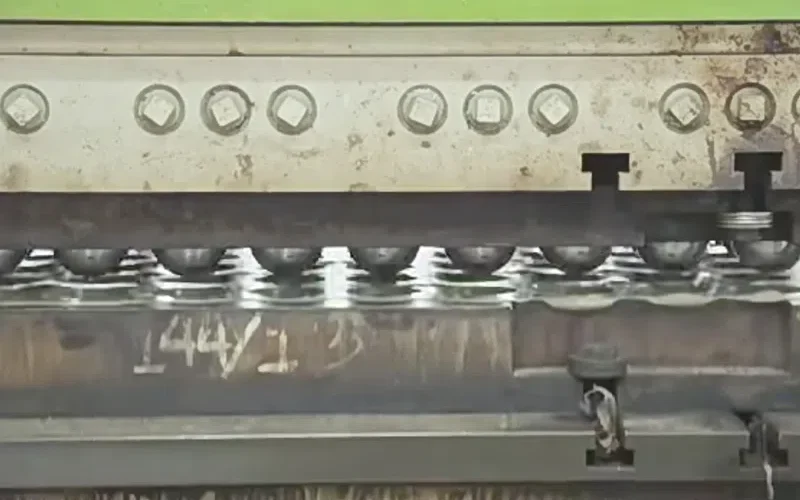
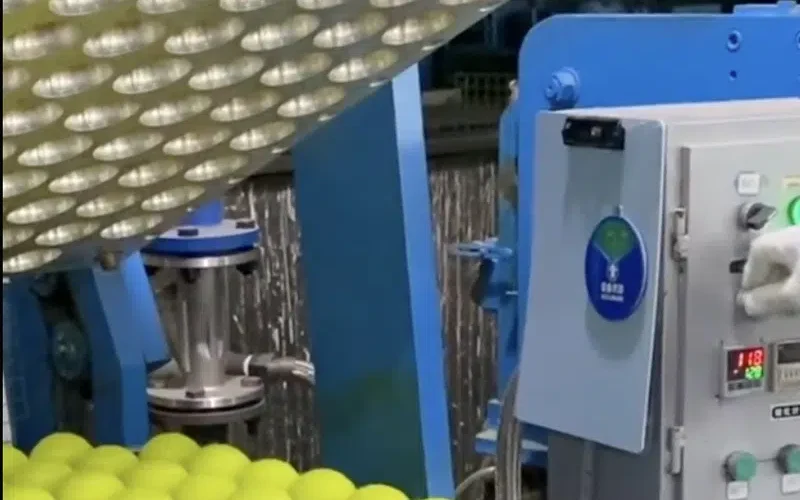

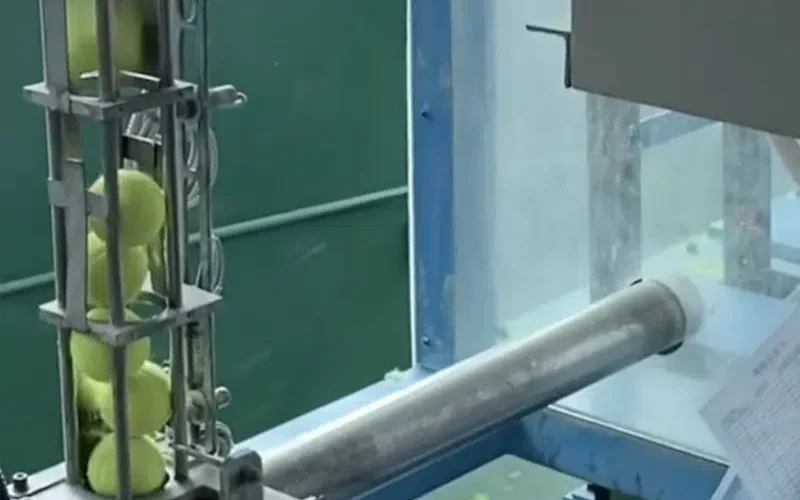

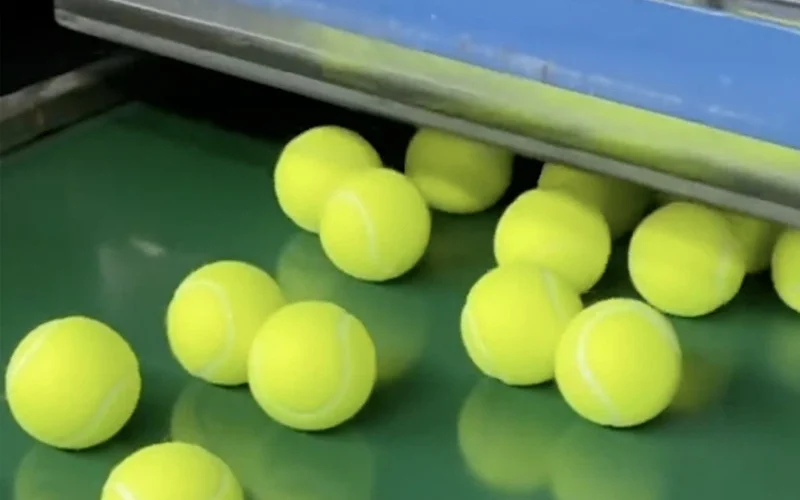
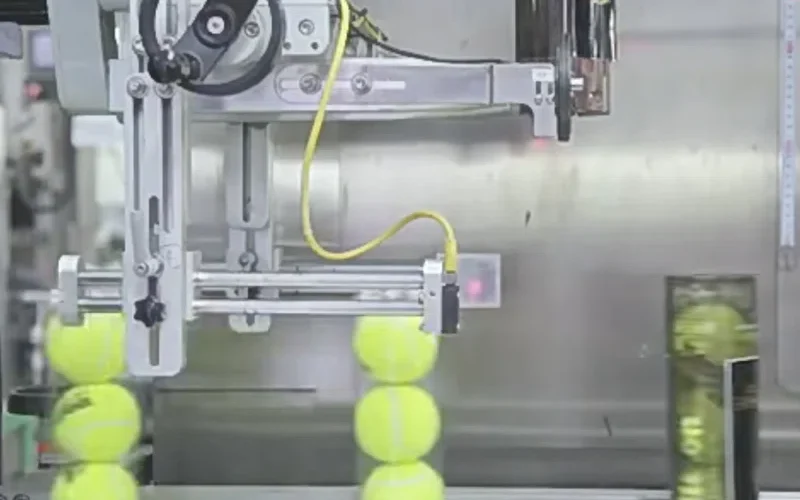
No, padel balls are not smaller than tennis balls; they are actually quite similar in size. Both types of balls typically have a diameter ranging from 6.35 to 6.77 centimeters (2.5 to 2.7 inches). However, padel balls have slightly lower internal pressure compared to tennis balls, making them less bouncy. This reduced bounce is tailored to the playing conditions of padel courts, which are smaller and enclosed compared to tennis courts.
A tennis ball is typically optical yellow, a bright neon shade that is easy to see. This specific color was chosen in the 1970s when research showed that it enhanced visibility for players, spectators, and television viewers. Although it’s often referred to as “yellow,” some people perceive it as more of a greenish-yellow hue due to its fluorescent properties.
A tennis ball generally weighs more than a golf ball.
• Tennis balls typically weigh between 56.0 and 59.4 grams (1.98 to 2.10 ounces).
• Golf balls, on the other hand, have a maximum allowed weight of 45.93 grams (1.62 ounces) according to official regulations.
The extra weight of tennis balls is due to their larger size and construction, which includes a rubber core covered with felt.
A tennis ball has a diameter ranging from 6.54 to 6.86 centimeters (approximately 2.57 to 2.70 inches). These measurements are set by the International Tennis Federation (ITF) to ensure consistency in size across all approved tennis balls used in competitions.
Tennis balls are fuzzy to improve their aerodynamic properties and enhance control during play. The fuzzy felt covering creates drag, which slows the ball down and helps it to maintain a more predictable trajectory. This extra resistance allows players to apply spin and increases the ball’s grip on the racket strings, enhancing control.
The fuzz also affects how the ball interacts with the court surface, providing more friction, which results in better bounce consistency and prevents the ball from skidding too much on contact. This is especially important on different court surfaces, such as grass, clay, or hard courts, where the fuzz can influence the ball’s behavior.
To wash a tennis ball, hand wash it in warm soapy water, scrubbing gently, then rinse and air dry. Alternatively, machine wash on a gentle cycle with cold water, then air dry.
The lifespan of tennis balls depends on usage and playing conditions:
• Recreational play: Tennis balls last about 1-4 weeks before losing optimal bounce.
• Competitive play: For matches, balls are typically replaced every 7-9 games due to wear and pressure loss.
• High-intensity practice: Balls can last 1-3 sessions before becoming “dead.”
Storage in pressurized containers can help maintain their bounce longer. Frequent players may need to replace balls more often for consistent performance.
Interested in Custom-Made Sports Equipment Manufacturing?
Jiangxi Fyful Sports Products Co.,Ltd.
Partner with FYFUL to develop high-quality, tailored sports equipment that distinguishes your brand.
CONTACT US
Phone: +86 19979515699
Email: QB@fyful.com
Address: # 261 Yingbin Ave, High tech Industrial Park, Chongren, Fuzhou, Jiangxi Province, China

7 Essential Steps to Safely Play Pickleball After Hip Replacement Surgery
Learn when and how to safely return to Pickleball After Hip Replacement surgery. Expert tips, timeline, and modifications for getting
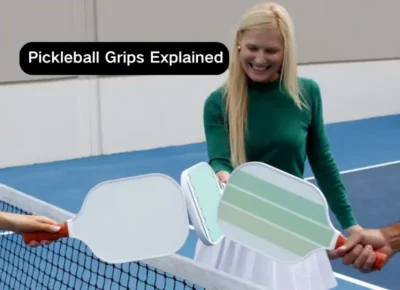
7 Pickleball Grips Explained: better Control, Power & Comfort
Discover 7 pickleball grips that enhance control, power, and comfort. Learn continental, eastern, and western styles with tips to improve
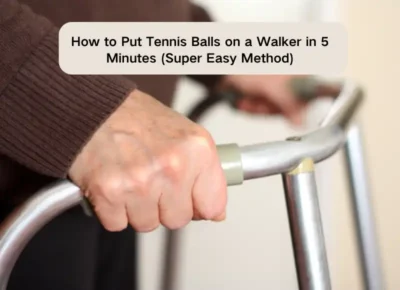
How to Put Tennis Balls on a Walker in 5 Minutes (Super Easy Method)
How to Put Tennis Balls on a Walker safely with our step-by-step guide. Discover alternatives, tips, and tricks for smoother,
